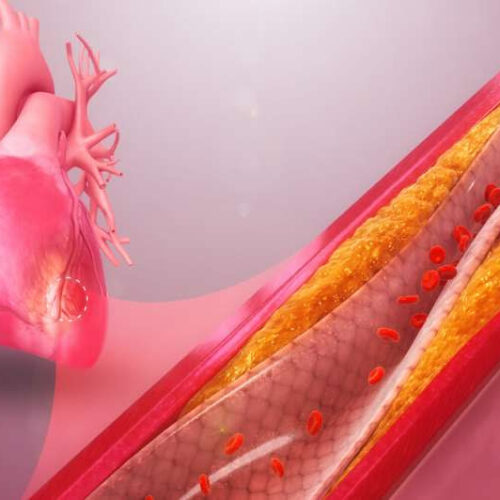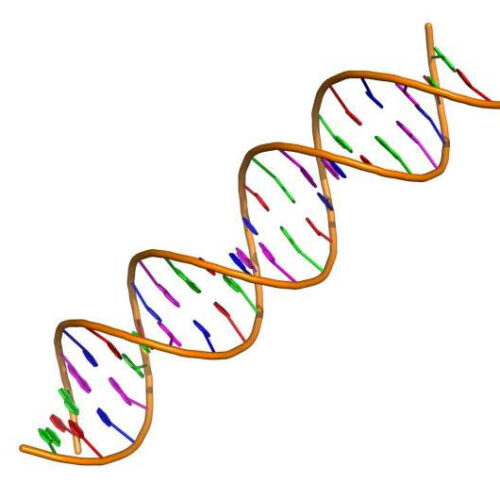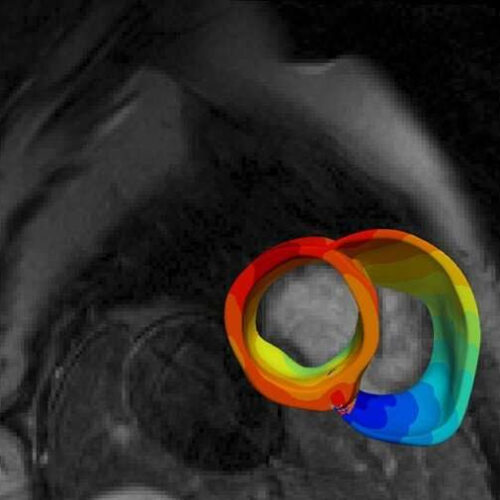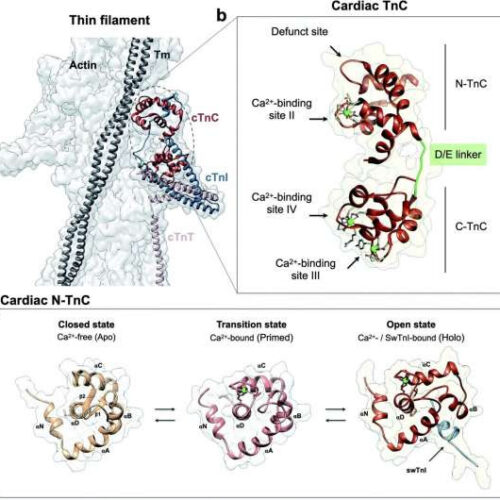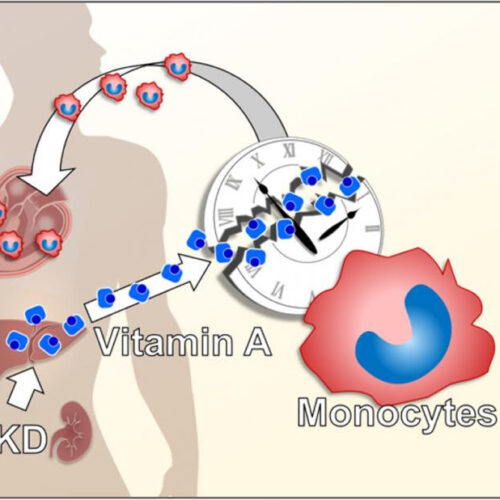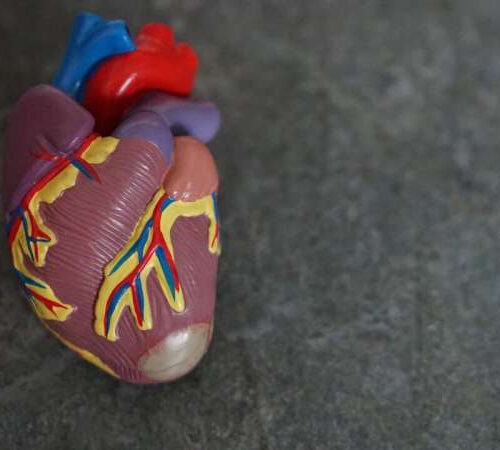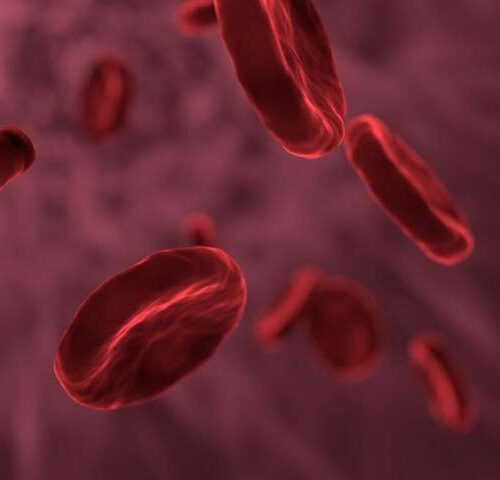by Julia Lefler, Medical University of South Carolina 3D still showing myocardial ischemia. Credit: Licensed from http://www.scientificanimations.com, via the Creative Commons 4.0 license, available at https://creativecommons.org/licenses/by-sa/4.0/deed.en A team of MUSC researchers report in Frontiers in Immunology that they have identified a type of fat known as a sphingolipid that could predict the severity of heart disease in African American patients with lupus....
Tag: <span>heart disease</span>
Study identifies DNA signatures linked to heart disease
by Columbia University’s Mailman School of Public Health A double-stranded DNA fragment. Credit: Vcpmartin/Wikimedia/ CC BY-SA 4.0 A new study identifies DNA signatures associated with risk for cardiovascular disease, a discovery that could lead to opportunities for clinical intervention years before symptoms manifest. Based on analyses of data from five large heart cohort studies of diverse...
New tool predicts sudden death in inflammatory heart disease
by Johns Hopkins University A model of a patient’s heart is constructed from the MRI and PET scans. Color bands represent the electrical wave of the irregular heartbeat. Johns Hopkins scientists used data from the heart models to train their prediction algorithm. Credit: Johns Hopkins University Johns Hopkins University scientists have developed a new tool for...
Researchers find small mutation disrupts protein network, causing heart disease
by Kathleen Haughney, Florida State University Fig. 1 Troponin C is the Ca2+ sensor of cardiac muscle. (a) Cardiac thin filament organization. Density maps are from PDB structure 6KN8. (b) Enlargement of the cardiac TnC subunit from the cardiac troponin (Tn) complex (PDB code 1J1E), shown as a ribbon structure. Regulatory and structural domains are N-TnC...
How do bad kidneys lead to heart disease? Broken cellular clocks provide new clues
KYUSHU UNIVERSITY IMAGE: CKD-INDUCED METABOLIC DYSFUNCTION OF VITAMIN A IN THE LIVER ELEVATES LEVELS OF VITAMIN A IN THE BLOOD. THE ELEVATION INDUCES UPREGULATION OF GPR68 IN MONOCYTES VIA COCK GENES. THE UPREGULATION CREDIT: OHDO LAB/KYUSHU UNIVERSITY Fukuoka, Japan–According to the Global Burden of Disease Study 2017, close to nine percent of the global population...
People who eat a plant-based dinner could reduce their risk of heart disease by ten percent
by The Endocrine Society Credit: CC0 Public Domain People who eat too many refined carbs and fatty meats for dinner have a higher risk of heart disease than those who eat a similar diet for breakfast, according to a nationwide study published in the Endocrine Society’s Journal of Clinical Endocrinology & Metabolism. Cardiovascular diseases like congestive heart failure, heart attack and stroke...
Researcher finds proteins in diabetic patients may be biomarkers of heart disease
by Cedric Ricks, University of Cincinnati Donald Lynch Jr., MD, shown at the University of Cincinnati College of Medicine. Credit: Colleen Kelley/University of Cincinnati Laura Riesenberg was visiting a local amusement park with three of her children when she suffered a massive heart attack. “I was down for about 20 minutes and they defibrillated me twice...
Trial demonstrates early AI-guided detection of heart disease in routine practice
by Mayo Clinic Credit: Unsplash/CC0 Public Domain Heart disease can take a number of forms, but some types of heart disease, such as asymptomatic low ejection fraction, can be hard to recognize, especially in the early stages when treatment would be most effective. The ECG AI-Guided Screening for Low Ejection Fraction, or EAGLE, trial set out to...
One cup of leafy green vegetables a day lowers risk of heart disease
by Edith Cowan University Credit: CC0 Public Domain New Edith Cowan University (ECU) research has found that by eating just one cup of nitrate-rich vegetables each day people can significantly reduce their risk of heart disease. The study investigated whether people who regularly ate higher quantities of nitrate-rich vegetables, such as leafy greens and beetroot, had lower blood pressure,...
New cuff-based technology monitors endothelial function to aid prevention, treatment of heart disease
by Ruby Barcklay, Lawrence Berkeley National Laboratory Credit: CC0 Public Domain Blood pressure monitors are a common at-home tool for monitoring heart health, but they don’t look at the health of the endothelium, the lining of the blood vessels. And endothelial function is a powerful predictor of heart attack and stroke. It has also been linked to COVID-19in...

